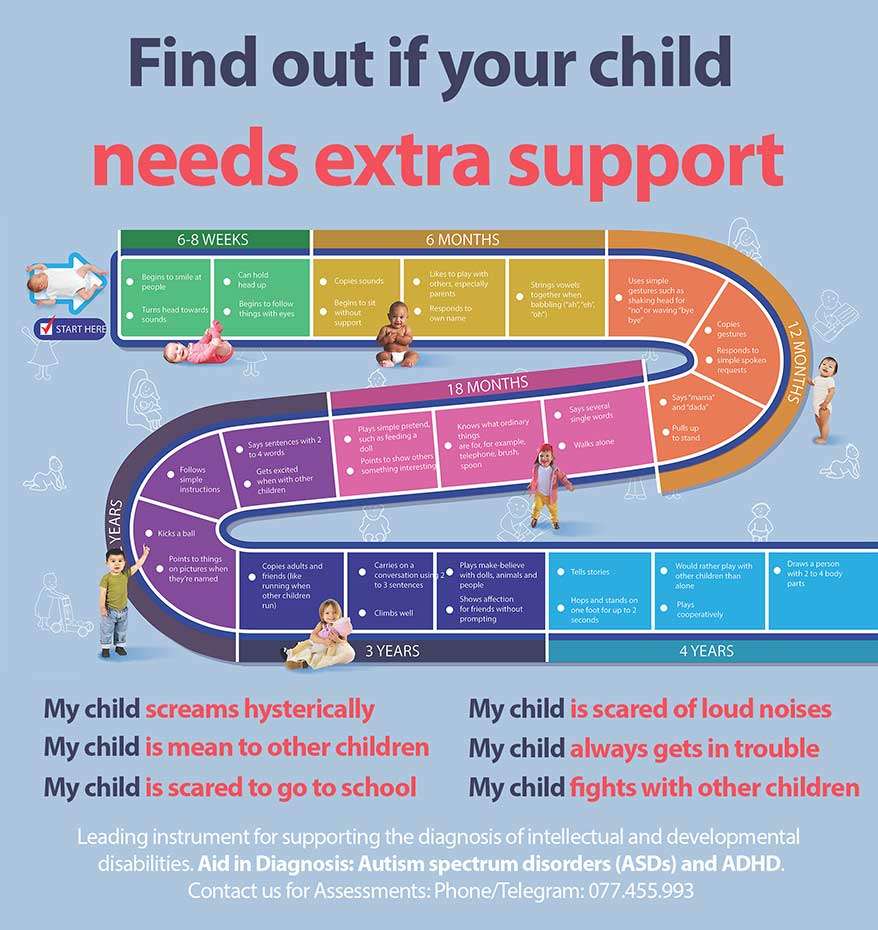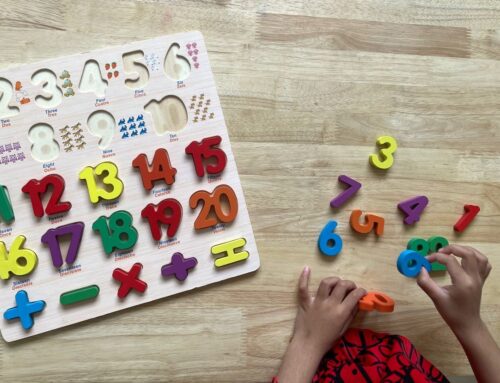- My child screams hysterically
- My child is mean to other children
- My child is always worried
- My child is scared to go to school
- My child is scared of loud noises
- My child doesn’t know how to read
- My child is scared to play outside
- My child does not respond to his name
- My child always gets in trouble
- My child fights with other children
- My child doesn’t know how to count
If you are concerned about your child’s development, contact OrbRom Center for Assessments: Phone/Telegram: 077.455.993 – Telegram Link: https://t.me/OrbRom
If you are concerned about your child’s development, contact OrbRom Center for Assessments. Phone/Telegram: 077.455.993 Link: https://t.me/OrbRom
Stepping into a new classroom on a Monday morning can be a nerve-wracking experience for any teacher. Excitement mingles with uncertainty as you navigate introductions, establish routines, and strive to connect with your students. But amidst the flurry of activity, the quiet corner often presents a unique challenge.
This blog explores the initial encounter with a student who appears isolated and withdrawn, a scenario commonly faced by educators across all grades and disciplines. We’ll delve into the potential reasons behind such behavior, the importance of observation and patience, and the strategies that can be employed to foster connection and inclusion.
The Initial Observation:
In a classroom buzzing with introductions and eager chatter, a single student stands apart. Their body language and demeanor suggest a preference for solitude. They may avoid eye contact, sit alone, or engage minimally in group activities. This initial observation can trigger a range of emotions in the teacher, from curiosity and concern to frustration and even inadequacy.
Understanding the Reasons:
The reasons for a student’s isolation can be varied and complex. It’s crucial to avoid jumping to conclusions and instead, approach the situation with an open mind and a commitment to understanding. Some potential factors contributing to student isolation include:
- Shyness or social anxiety: For some students, interacting with a large group of peers can be overwhelming, leading them to withdraw and seek comfort in solitude.
- Learning differences or disabilities: Unidentified or untreated learning differences, such as dyslexia or ADHD, can make it difficult for students to keep up with the pace of the class, leading to feelings of frustration and isolation.
- Personal or family circumstances: Difficult experiences outside of school, such as family conflict, bullying, or loss, can significantly impact a student’s emotional well-being and willingness to engage in social interactions.
- Cultural or linguistic barriers: Students who come from different cultural backgrounds or speak a different language at home may face challenges in adapting to the school environment and connecting with their peers.
Observation and Patience:
The initial observation is just the first step. It’s important to move beyond assumptions and gather further information. This can involve:
- Observing the student’s behavior in different settings and activities.
- Speaking with other teachers, school counselors, or parents/guardians to gain additional insights.
- Reviewing the student’s academic records and progress reports.
By taking the time to observe and gather information, the teacher can develop a more nuanced understanding of the student’s situation and tailor their approach accordingly.
Building Bridges of Connection:
Creating a safe and inclusive environment is key to fostering connection with isolated students. Some strategies that can be helpful include:
- Offering individual attention and support.
- Pairing the student with a positive and outgoing peer.
- Providing opportunities for the student to participate in activities that align with their interests and strengths.
- Creating a classroom atmosphere that celebrates diversity and respects individual differences.
- Collaborating with parents/guardians to develop a comprehensive support plan.
Remember, building trust and rapport takes time and patience. Celebrate small victories and acknowledge the student’s progress, no matter how incremental. By working collaboratively with the student, their family, and other school professionals, teachers can play a crucial role in breaking down barriers and promoting a sense of belonging for all students.
- My child screams hysterically
- My child is mean to other children
- My child is always worried
- My child is scared to go to school
- My child is scared of loud noises
- My child doesn’t know how to read
- My child is scared to play outside
- My child does not respond to his name
- My child always gets in trouble
- My child fights with other children
- My child doesn’t know how to count
If you are concerned about your child’s development, contact OrbRom Center for Assessments: Phone/Telegram: 077.455.993 – Telegram Link: https://t.me/OrbRom
If you are concerned about your child’s development, contact OrbRom Center for Assessments. Phone/Telegram: 077.455.993 Link: https://t.me/OrbRom






